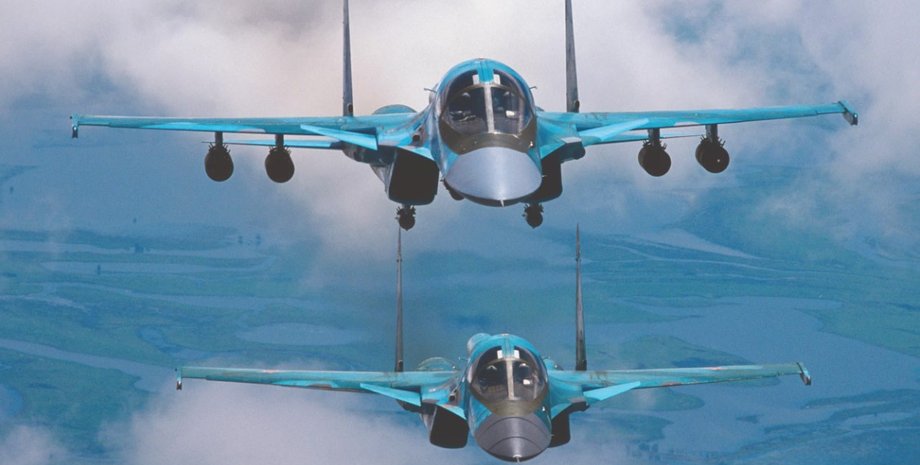
 By Victor Duda
By Victor Duda
In an interview with Radio NV, aviation expert and deputy director of the manufacturer of EW equipment, Anatolii Khrapchinskyi, spoke about the threats posed by modernized Russian air bombs equipped with jet engines. And if today we are talking about the range of anti-aircraft missiles, approximately 160 km, then in the future the Russians are working on systems that will be able to strike at a distance of up to 400 km, which is a completely different level of threat.
"Unfortunately, Russia has a good strategic vision. And for a long time they invested in the idea of creating a cheap munition that will fly up to 400 km. And the implementation of the FAB with the UMPK module [unified planning and correction module, — ed. ] and a jet engine allows them to operate at a guaranteed distance of 160 km," Khrapchinsky noted.
At the same time, this decision is quite difficult to implement, the expert explained, because it is necessary to synchronize a number of technical points for a successful launch, including the height of the launch from the air carrier. However, in any case, the enemy will look for inexpensive solutions in this field, which will enable him to hit targets at a depth of up to 400 km. "These are tactical aircraft - Su-35, Su-34 and Su-30.
Again, the Su-34 conventionally carries four anti-aircraft missiles with a range of up to 160 km. It is accompanied by fighters with air-to-air missiles of the R-37 class, which can operate at a depth of 230 km. This is something, it must be admitted, that our aviation is afraid of, because they operate on Ukrainian aircraft from a safe for the distance," the expert noted.
Ukrainian fighter jets, Khrapchynsky continued, are equipped with AIM-120D missiles with a range of 160-180 km, but for their effective use, appropriate radar systems are needed. Therefore, one of the options for countering Russian long-range anti-aircraft missiles can be the Meteor anti-aircraft missile with an effective range of more than 200 km officially declared by the manufacturer.
Another problem for the Armed Forces is the number of aircraft carrying aerial bombs — which is about 300 units, as well as the scale of ammunition production. According to Khrapchynskyi, Russia produces about 6,000 KABs every month. In view of such volumes, it is impractical to consider interception options for each ammunition. In such conditions, it is more effective to strike aircraft and air bases, but for this a sufficient number of so-called middle strike drones is required.


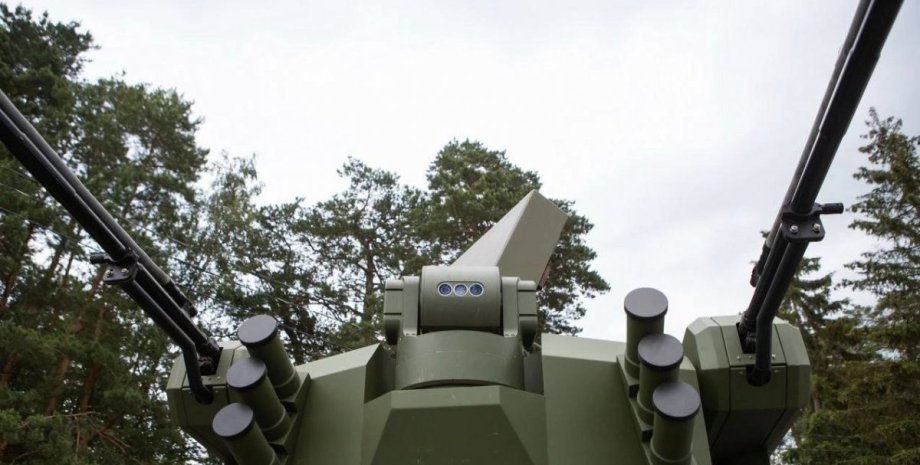
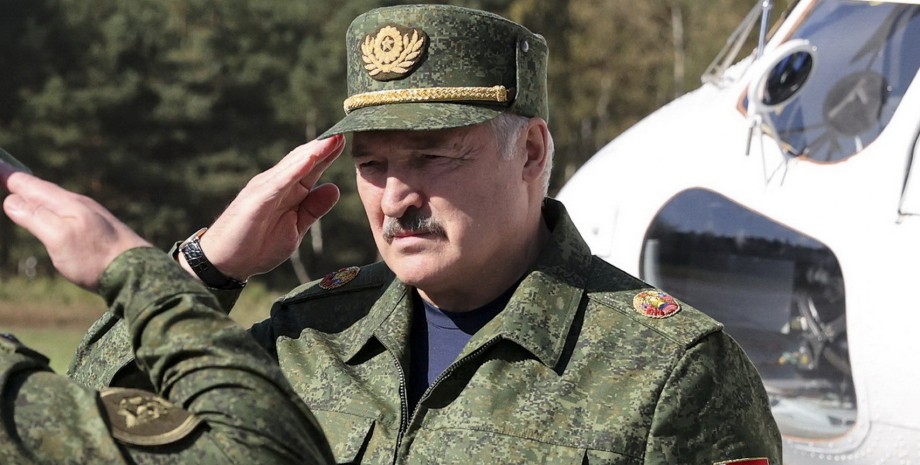


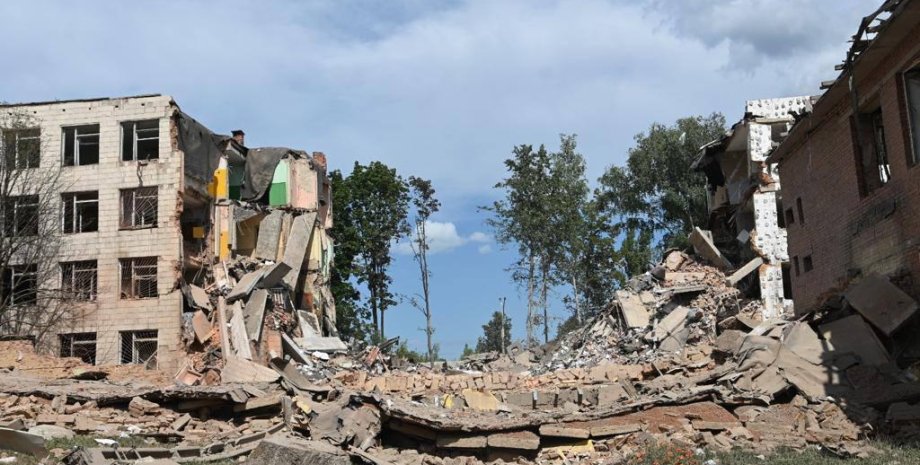
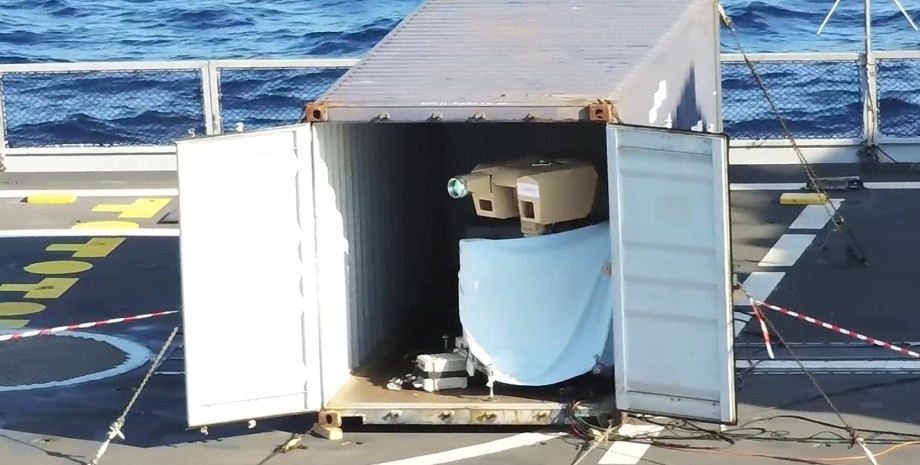

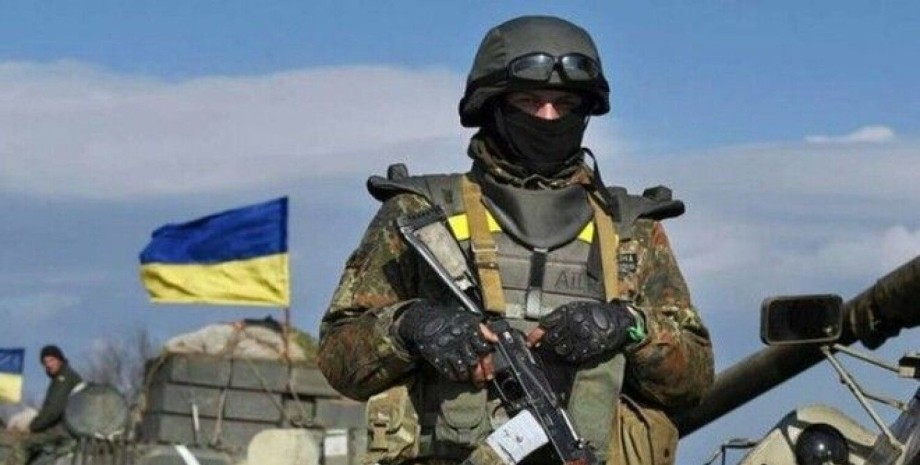
All rights reserved IN-Ukraine.info - 2022